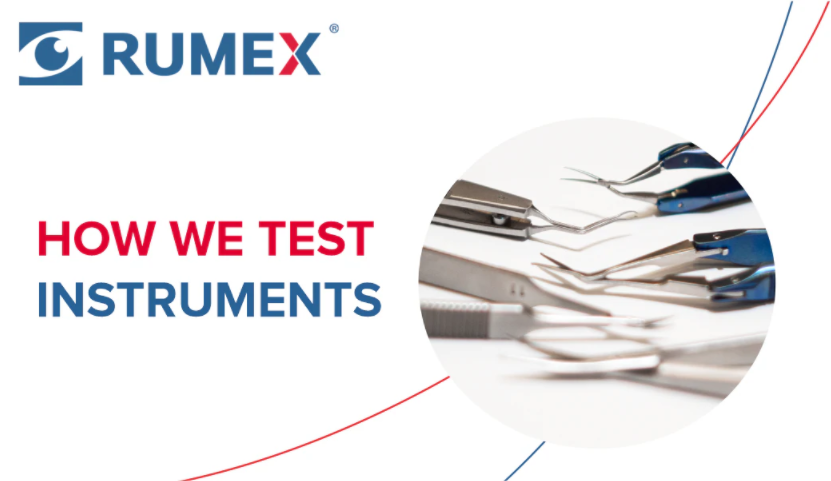
How we test instruments.
The idea of comparative tests is similar to well-known tests of car tires, computers, or shampoos.
To start the test we buy a dozen of instruments from various competitors from A-brands such as Katena or Storz or ASICO through less known and often local (not global) B-brands to junk-level C-brands.
Firstly, we assess the appearance of the instruments. A premium quality (and expensive!) product has to look perfect.
Secondly, we test functionality of the instruments. Forceps have to grip tissue and hold standard weight, needle holders must hold needles, scissors have to cut effortlessly and tirelessly, etc. Do you think all the instruments pass this part of the test as a must? At least the premium brands just have to??? We also thought so before we began comparative tests
Thirdly, we destroy all the instruments in torture tests. No mercy! We cut with scissors until they stop cutting, we break instruments as doctors or nurses would never do, and as a final act, we put them into heated salty fog chamber to compare how they resist corrosion. As a result, even the best stainless steel instruments look poor. But not the titanium ones, they just have to be washed after this torture; had not we exhausted them mechanically before, they could be used!
Do we feel sorry for killing new instruments? For many – not actually. For some – yes. For our – definitely. What we know for sure, this way to perfection is definitely better than to learn only from customers’ feedbacks. Sorrow for destroyed instruments is compensated by positive feedbacks for our instruments improved based on invaluable information obtained from tests.
To start the test we buy a dozen of instruments from various competitors from A-brands such as Katena or Storz or ASICO through less known and often local (not global) B-brands to junk-level C-brands.
Firstly, we assess the appearance of the instruments. A premium quality (and expensive!) product has to look perfect.
Secondly, we test functionality of the instruments. Forceps have to grip tissue and hold standard weight, needle holders must hold needles, scissors have to cut effortlessly and tirelessly, etc. Do you think all the instruments pass this part of the test as a must? At least the premium brands just have to??? We also thought so before we began comparative tests
Thirdly, we destroy all the instruments in torture tests. No mercy! We cut with scissors until they stop cutting, we break instruments as doctors or nurses would never do, and as a final act, we put them into heated salty fog chamber to compare how they resist corrosion. As a result, even the best stainless steel instruments look poor. But not the titanium ones, they just have to be washed after this torture; had not we exhausted them mechanically before, they could be used!
Do we feel sorry for killing new instruments? For many – not actually. For some – yes. For our – definitely. What we know for sure, this way to perfection is definitely better than to learn only from customers’ feedbacks. Sorrow for destroyed instruments is compensated by positive feedbacks for our instruments improved based on invaluable information obtained from tests.
